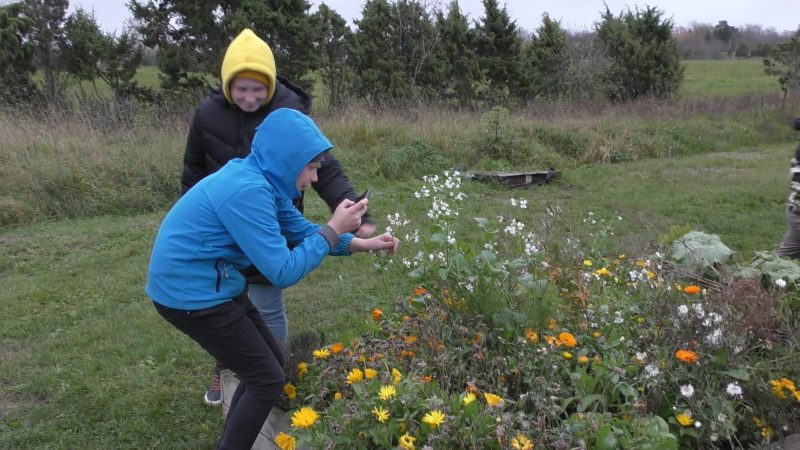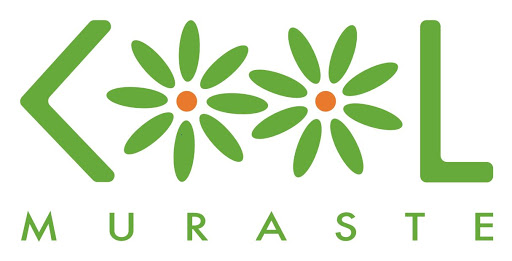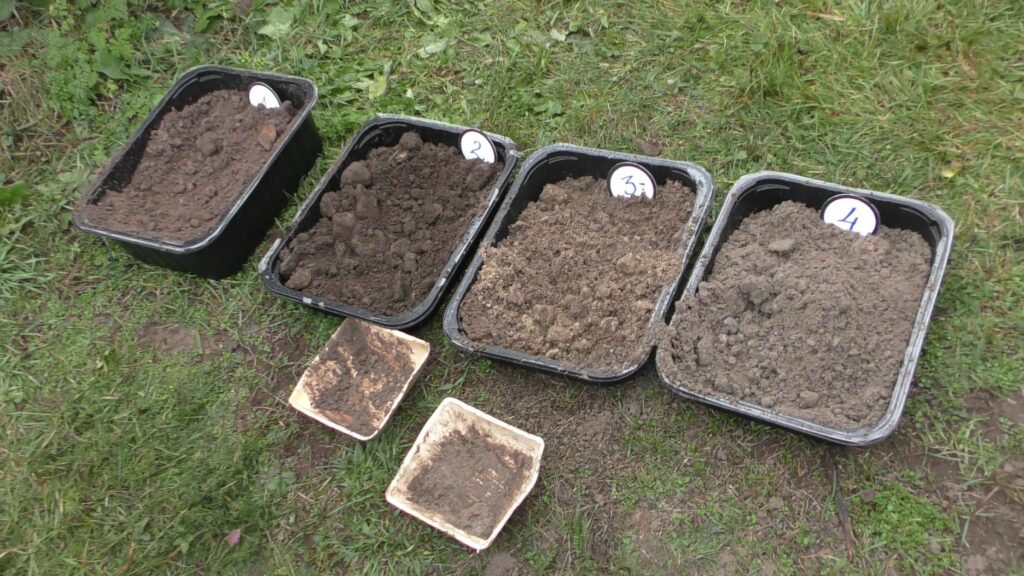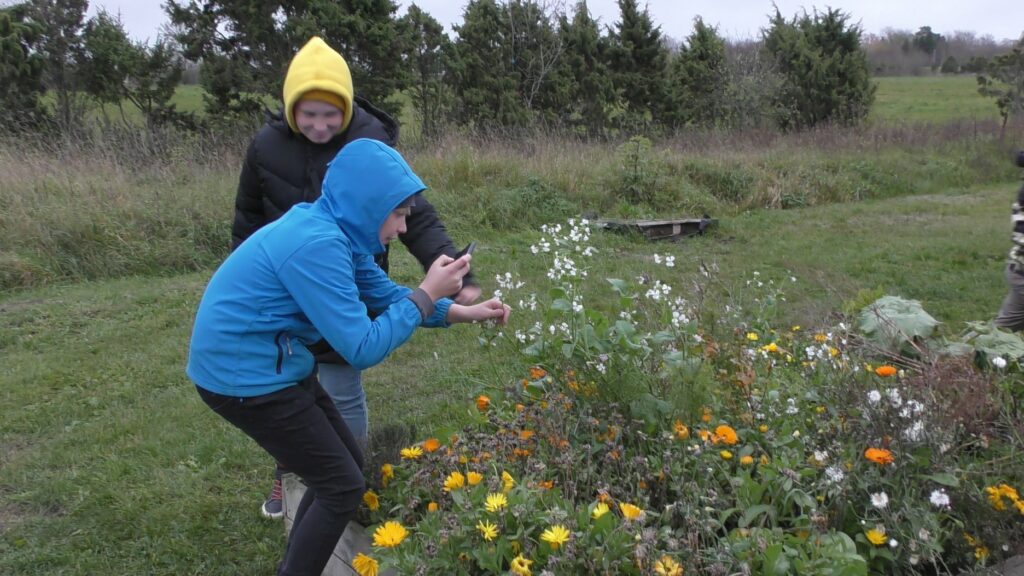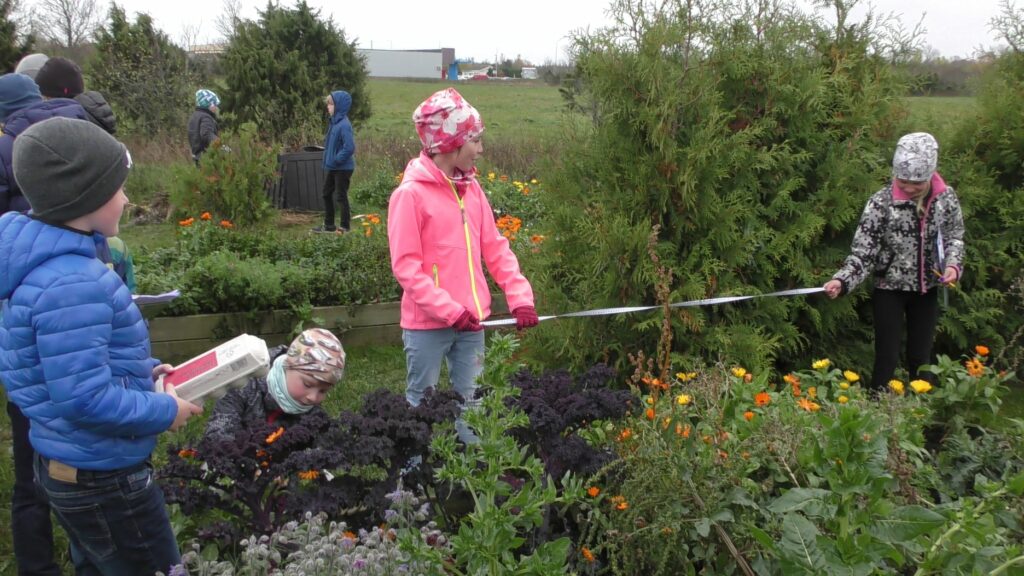Muraste School is an elementary school in Harku municipality, open since 2015. There are 325 students (age from 7 to 13) and 37 teachers. Muraste School fully supports the development of students and creates conditions for them to become healthy, responsible and well-off people who respect themselves and others. The child’s development at Muraste School is supported by self-awarded and dedicated teachers who help students to make connections between what they have learned and real life.
Muraste School is constantly engaged in the development of the content of school curriculum, being open to new approaches and opportunities. Considering its location, Muraste School’s educational activities place special emphasis on the surrounding physical, mental and socio-cultural environment, its value, preservation and ensuring its sustainable development. The school also focuses on understanding and preserve the natural environment and encourages students to feel themselves as a part of that environment. Finally, the school considers the contribution of parents and the local community to school life highly important.
The school led a living lab project to further develop and rebuild the school yard and to create more possibilities and activities to learn outdoors. New planting boxes were built in the school yard and work with them, included assembling, filling with soil and planting, was planned. 24 students aged 11-12 years old, and 2 teachers were involved.
During the summer, students and parents worked in the school garden, watering the planting boxes. In the autumn, several lessons were directly linked to the planting boxes and some classes had their lessons outside. In math, students measured the boxes and calculated the volume of the soil and measured the length of sunflowers. In geography, flower bulbs were planted and different soil types were studied. In history, the history and structure of tulips was studied. In arts, paintings of tulips were made and put up as an exhibition. Mobile apps were used to define various plans in the garden and some crops were also harvested.
The school (including teachers, students and board) was very happy to work on their projects and they loved the outcome. Also, the parents involved gave positive feedback and were happy that they had the opportunity to take part. They are interested on continuing to develop their garden and create new activities that can be directly linked with the school garden. New Living Lab project ideas will also be initiated.
CONTACT
Annika Vesselov
National coordinator, Foundation AHHAA
Mail
School website

